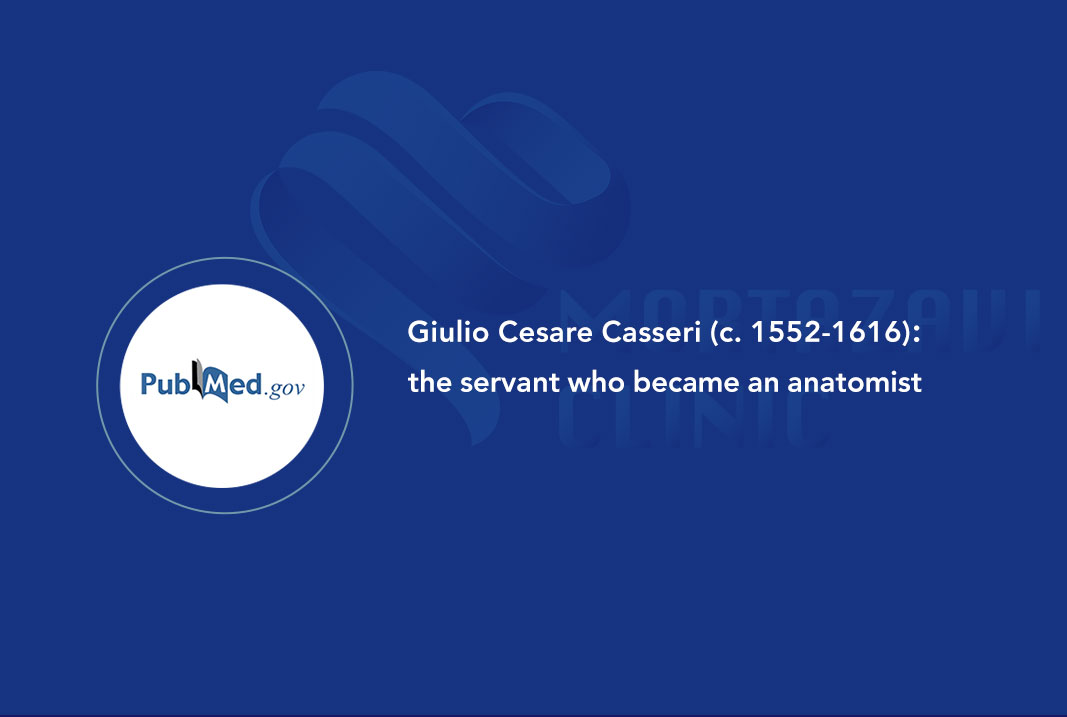Giulio Cesare Casseri (c. 1552-1616): the servant who became an anatomist

Abstract
Julius Casserius was born in a poor family in Piacenza in 1552. As a young man, he moved to Padua and soon after, he became a servant to Fabricius, a noted anatomist and professor at the Universitá Artista, who quickly became his mentor. Casserius eventually attended the University of Padua and received a degree in medicine and philosophy. In the following years, a rivalry ensued between Casserius and his former mentor as they competed for teaching privileges, conflicted on dissection philosophies, and disregarded each other's contributions in publications. Tragically, the conflict between these two influential anatomists may have overshadowed their contributions to the study of anatomy. Casserius was one of the first physicians to develop a comprehensive treatise on anatomy. Unfortunately, while Casserius prepared several tracts identifying novel structures, he did not live to see his master collection published as he died suddenly at the peak of his career in 1616. Interestingly, the English anatomist and surgeon John Browne used copies of Casserius' work for his own anatomy text and was labeled a plagiarist. It is the contributions from such pioneers as Casserius on which we base our current understanding of human anatomy.
To read the full article, refer to the link below:



